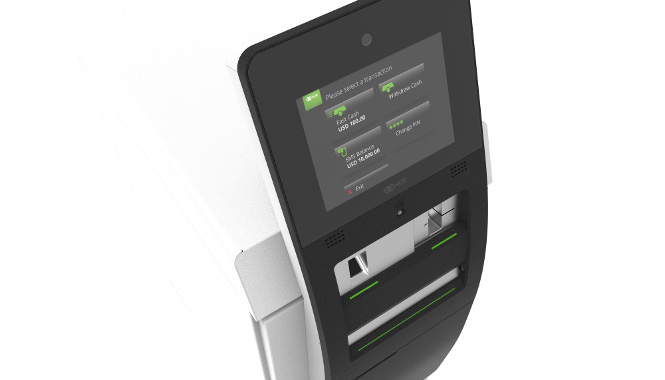
The electronics vendor NCR has made a bid for the emerging smart ATM market with a software launch that will shift cash point operations to the cloud.
Kalpana is a lightweight program built off the Android operating system that NCR claims reduces costs by 40%, whilst streamlining many of the functions of a regular cash point.
Robert Johnson, global director of software solutions at NCR, said: "Today banks are under increasing demands from consumers to provide a very engaging level of service, and one that’s in line with what customers are seeing in other lines of business.
"At the same time they’re under a great deal of pressure from the point of view of cutting costs. One of the things we’re doing at NCR is providing them with technology that can do both at the same time."
According to Johnson, the software is a break from 15 years of stable ATM technology, which has largely rested on the back of Windows operating systems.
With the integration of cloud NCR is hoping to expand the functions of the system outside of dispensing cash and requesting balance information, including paying in cash and cheques, and even buying and selling shares.
Customers will also be able to withdraw money through the use of a smartphone app, allowing customers to withdraw money even without a plastic card.
Smart ATMs running Kalpana also feature a number of upgraded security features, including several cameras that can be used to resolve disputes and a shutter that protects against card skimmers, used by crooks to steal bank details.
Explaining the decision to switch to Android, Johnson said: "That gives us some significant advantages in terms of how new technology can be created and deployed."
Andy Monahan, VP of software engineering, added that the use of Android took their customers out of the upgrade, licensing and hardware costs associated with Windows.
"We had banks coming to NCR saying: ‘We’re not happy with this situation, is there a viable alternative?’" he explained.
The rise of smart ATMs has occurred as banks reduce the number of branches, which means some are looking to introduce more extensive functions than traditional machines can handle.
Designed in NCR’s research and development centre in Dundee, the company hopes to market it to emerging economies which often lack access to comprehensive bank branches, as well as richer territories.






